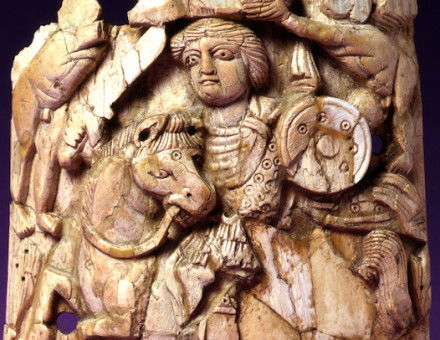Ninian Winzet, 1519-1592
It was in the spring of 1559 that ‘the uproar for religion’ began in Scotland; J.H. Burns introduces Ninian Winzet, a faithful cleric on the losing side.
Like all revolutions, the religious conflict of the sixteenth century had violent effects on the fortunes of individuals. Men who in other circumstances would have led unknown lives in restricted environments were thrust on to the stage of high politics and often of high tragedy.
Luther himself, the obscure friar who became one of history’s great heresiarchs, is an outstanding example. But the period abounds in other cases on a lesser scale of importance. Any one of these has its own interest, its own value in bringing home more vividly to us what it meant to live through that ‘ time of the breaking of nations ’. It was a time when great issues of faith and policy became incarnate in a wide diversity of human individuals. One of these is the subject of this study.
Ninian Winzet1 died in 1592 at Regensburg (Ratisbon) in Bavaria, as abbot of the Scottish monastery of St. James’s there. To die in Germany as a Benedictine abbot would have seemed a fate improbable to the point of fantasy when he was a boy in the west of Scotland in the 1520s and ’30s.





